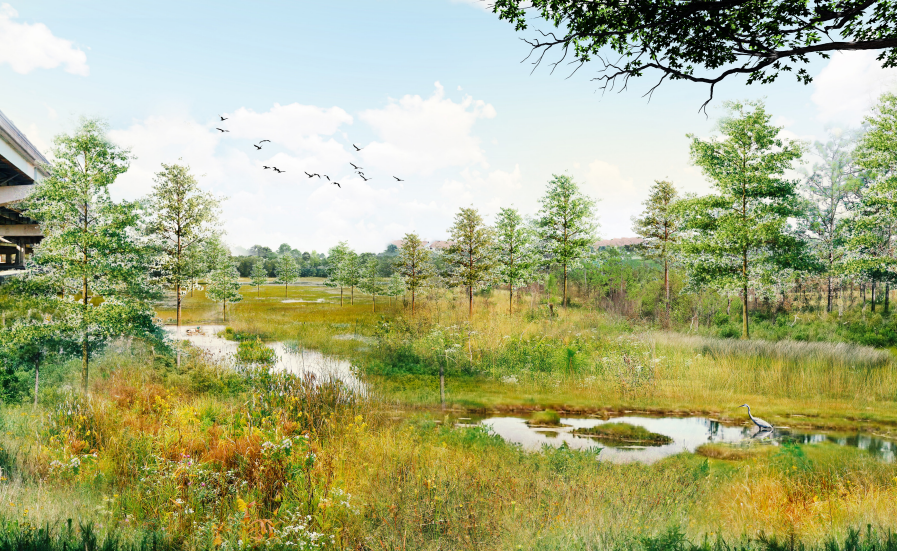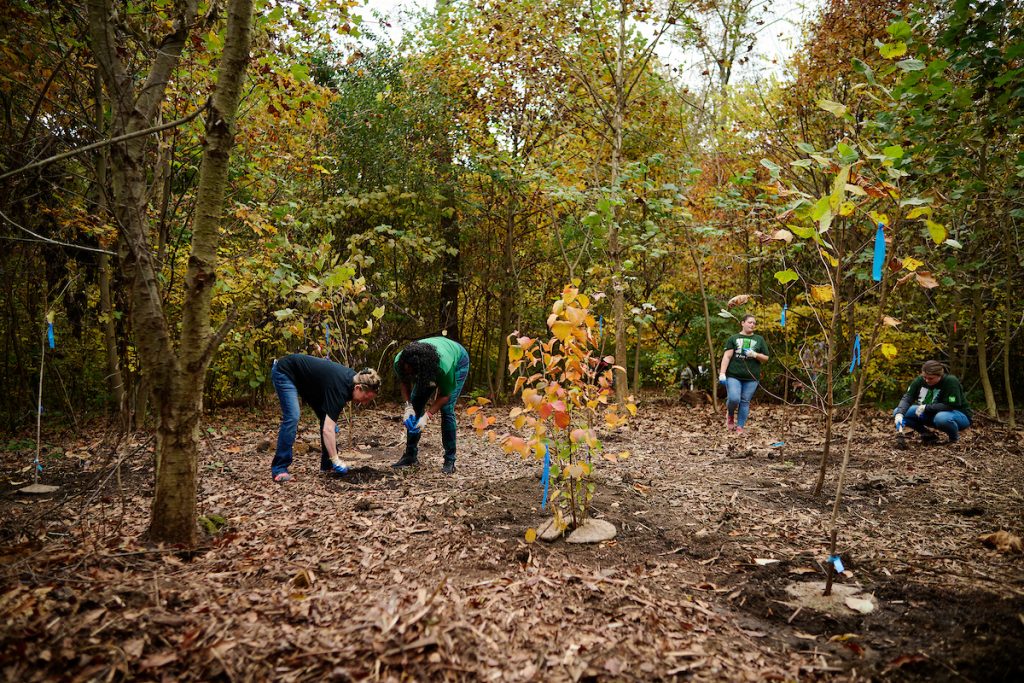The ecological restoration series continues! Our last restoration blog post was about the 33-acre urban wetland project in FDR Park. Today we’re talking about another FDR Park project: Pattison Lagoon.
What is Pattison Lagoon?
Pattison Lagoon is one of the historic lakes in FDR Park, along with Edgewood Lake and Meadow Lake. The lagoon is just south of Pattison Ave and next to the new Anna. C Verna Playground created by Fairmount Park Conservancy in partnership with Philadelphia Parks & Recreation, WRT, and Studio Ludo.
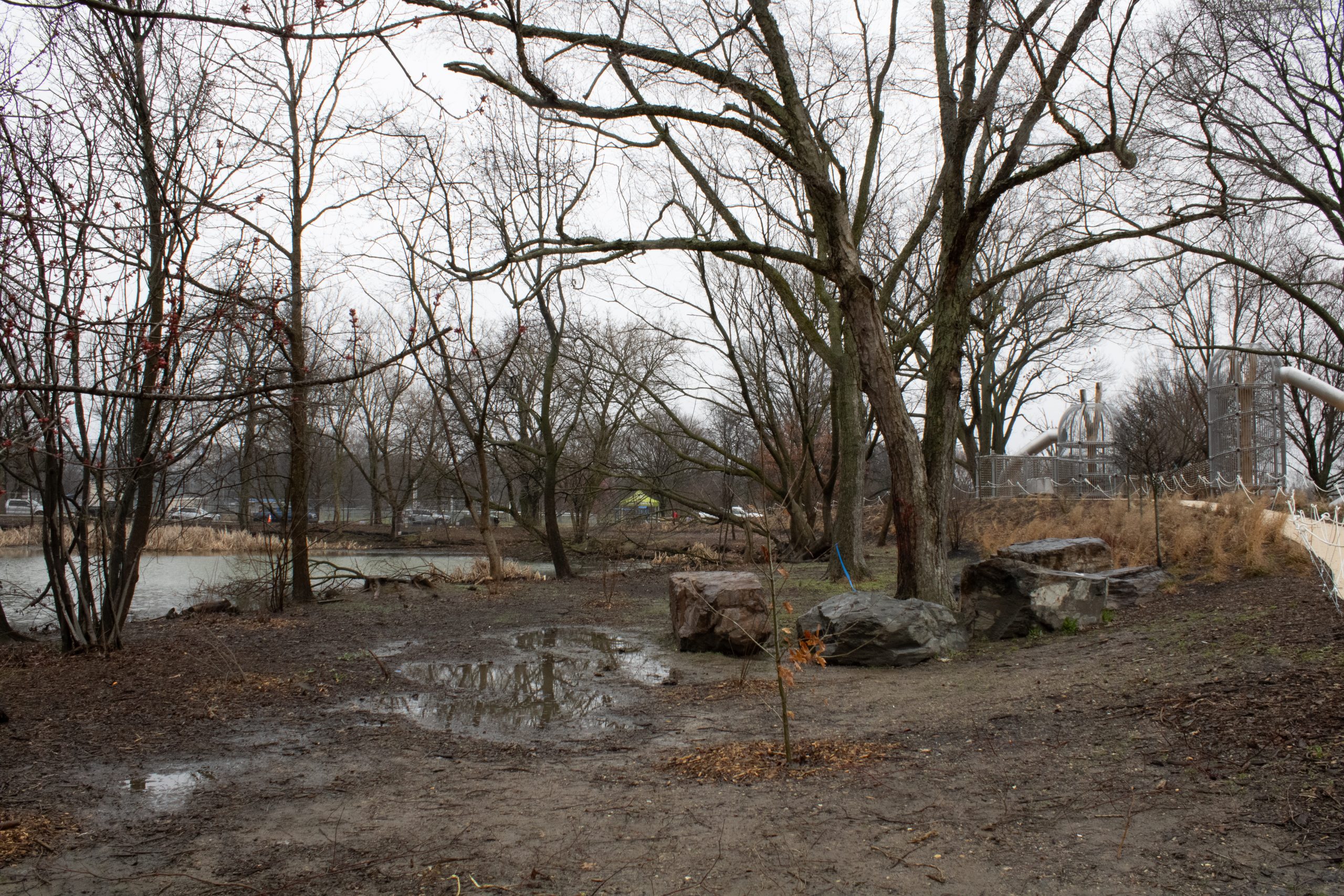
The ponds, lagoons, and streams in FDR Park are remnants of an intricate estuary system, which has been systematically filled over the past 200 years. An estuary is a body of water in which freshwater mixes with saltwater from the ocean. In the case of FDR Park, these bodies of water are connected to the Delaware River, which is tidal and thus swells and recedes with the ocean’s tides. Estuaries are some of the most ecologically diverse ecosystems on Earth and are home to a wide range of species. The lagoon is a significant location for park visitors and local plants and animals.
Why is ecological restoration necessary at Pattison Lagoon?
Up until last year, Pattison Lagoon had endured habitat degradation, pollution, and invasive species. Pollution from stormwater runoff, which is rain and snow melt that flows off of roadways, was a significant challenge to the lagoon’s health. Stormwater can be harmful to ecosystems because it picks up pollutants like fertilizer, oil, pesticides, dirt, and bacteria as it runs through storm drains and ditches and ends up in bodies of water like Pattison Lagoon.
These contaminants compromised the water quality in the lagoon, endangering the plants and animals that called it home. This challenge and pollution from human activity made it easier for invasive species. Invasive species are non-native species that cause environmental harm to the species that are native and disrupt ecosystems. Invasive species can easily outcompete indigenous flora and fauna and throw off an environment’s balance. Prior to the restoration efforts, Pattison Lagoon struggled due to the presence of invasive species including white mulberry, paper mulberry, and devil’s walking stick.
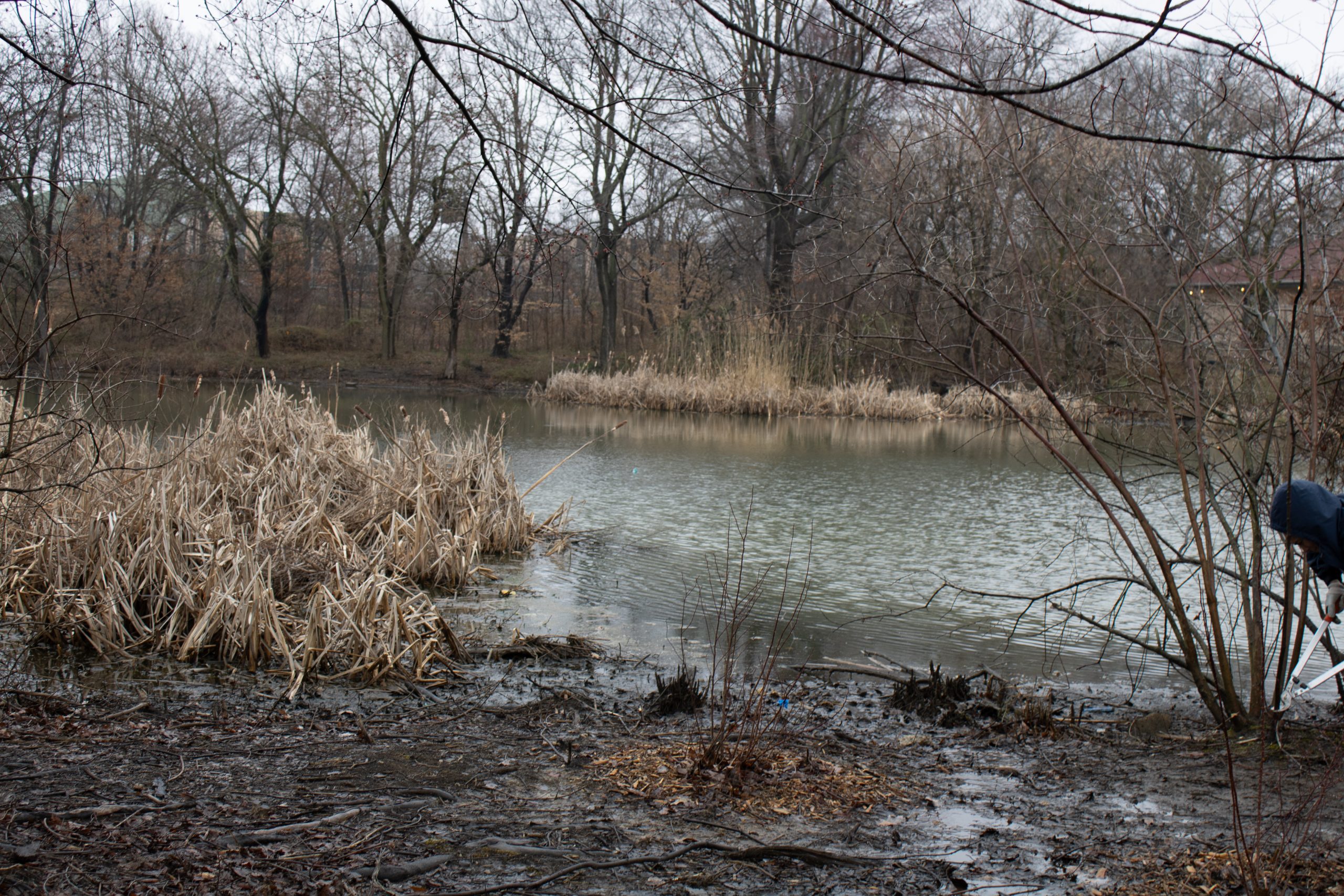
What has been done so far to help Pattison Lagoon?
Habitat restoration takes time. Last fall, the lagoon was cleared of invasive plants called phragmites – tall, reed-like grasses that grow densely and displace other plants and animals. The hazardous trees and invasive plants would not benefit the ecosystem in the long term, so these trees and plants were removed to make space for new, native trees and plants. Healthy native trees already at the lagoon were salvaged by dedicated Conservancy staff led by Natural Lands Manager Drew Rinaldi Subits.
In November 2023, Conservancy staff along with 80 volunteers planted 48 native trees and 3 acres worth of native grass seeds near the lagoon. The replanting featured species including willow oak, river birch, winterberry holly, swamp chestnut oak, and swamp roses.

These native trees will last much longer than their invasive counterparts, and provide a better environment for other plants and animals. Just one native tree can support up to 500 species of animals at the same time, whereas invasive trees cannot support many species because native members of the ecosystem don’t know how to interact with invasive species. Native insects and other organisms have not evolved with these non-native plants. Many are unable to interact with invasive species at the complex biological level needed to feed, pollinate, and reproduce. The entire ecosystem benefits from the intentional reintroduction of native species.
Throughout March 2024, the removal of invasive species continued with volunteer support. Volunteers also helped with live stake planting. Live stakes are tree branches that are cut and then planted directly in the soil. These branches develop roots and grow into new shrubs. Pattison Lagoon is now home to over 200 native, dogwood live stake species like silky dogwood, elderberry, sandbar willow, black willow, and more. Trees that were being suffocated by invasive species were released from the tight vines.
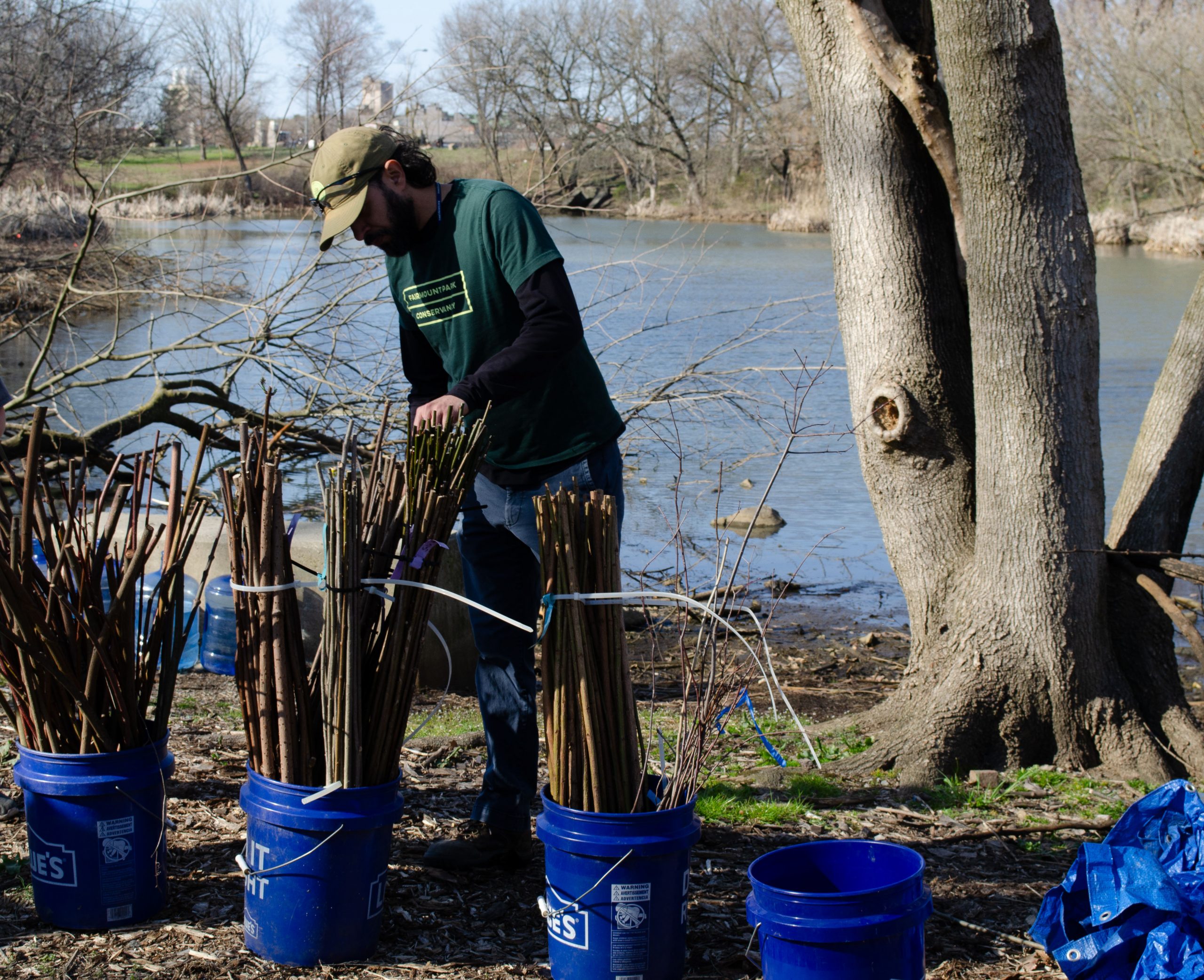
Planting these native species and removing invasives is expected to improve the lagoon’s water quality over time and help compensate for the stormwater pollution previously mentioned. Unhealthy water quality impairs the ability of fish and plants to regenerate and reproduce.
Every volunteer event begins with an explanation of the work and its impact on the natural environment. In doing so, Conservancy’s Natural Lands Manager Drew Rinaldi Subits and Volunteer Manager Eduardo Dueñas are educating communities on the process of ecological restoration. Engaging community members in ecological restoration efforts through volunteer programs also fosters a sense of stewardship over the lagoon and other natural resources. We always welcome new and returning volunteers; ecological restoration is a team effort!

How can community members help Pattison Lagoon?
If you want to join in the ecological restoration of Pattison Lagoon, there will be another Community Planting Day on Friday, April 26 from 4 to 6 p.m. at the lagoon. More native trees, shrubs, and seeds will be planted. Registration is open.
Check out even more volunteer opportunities on our support page.

